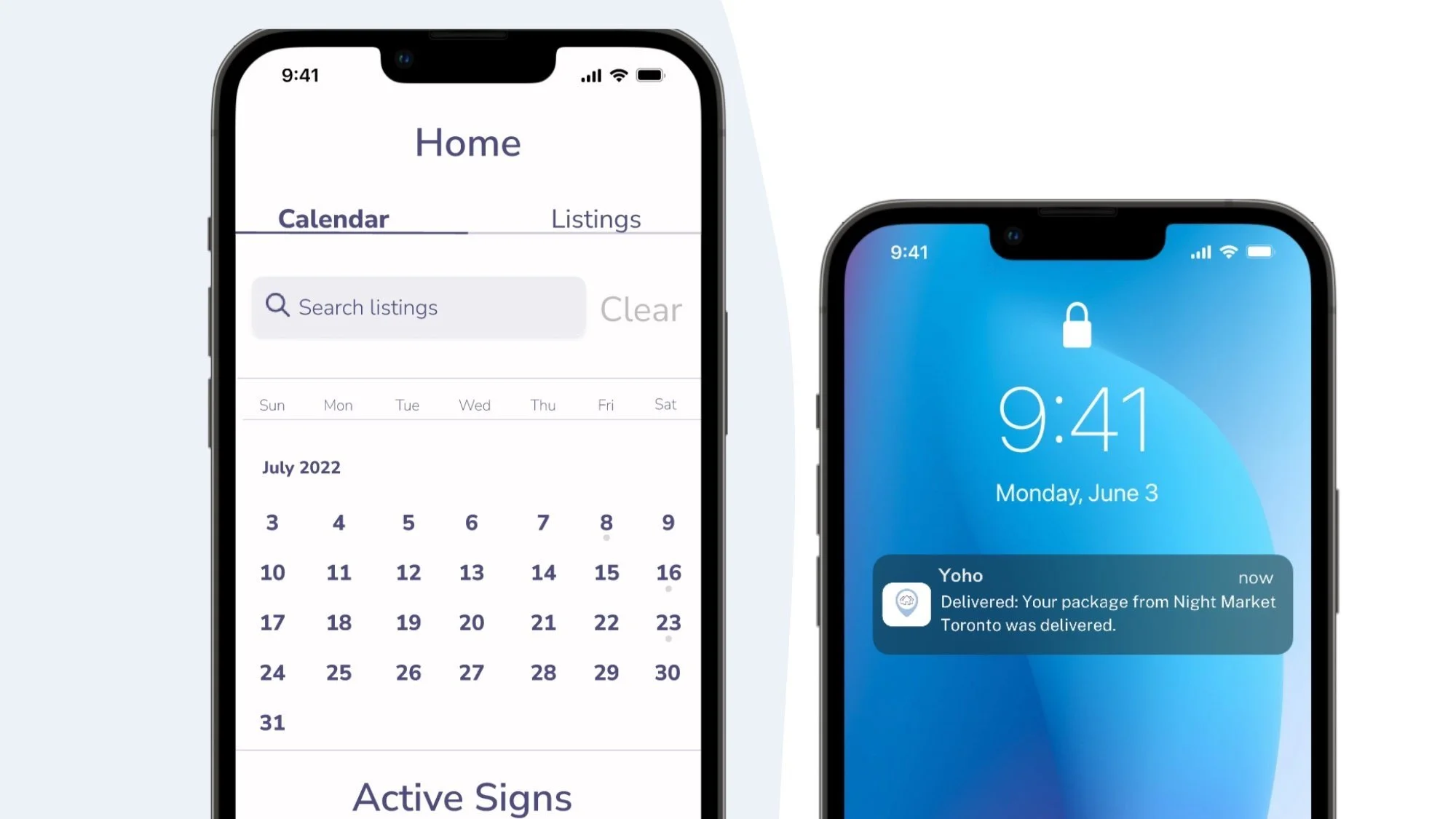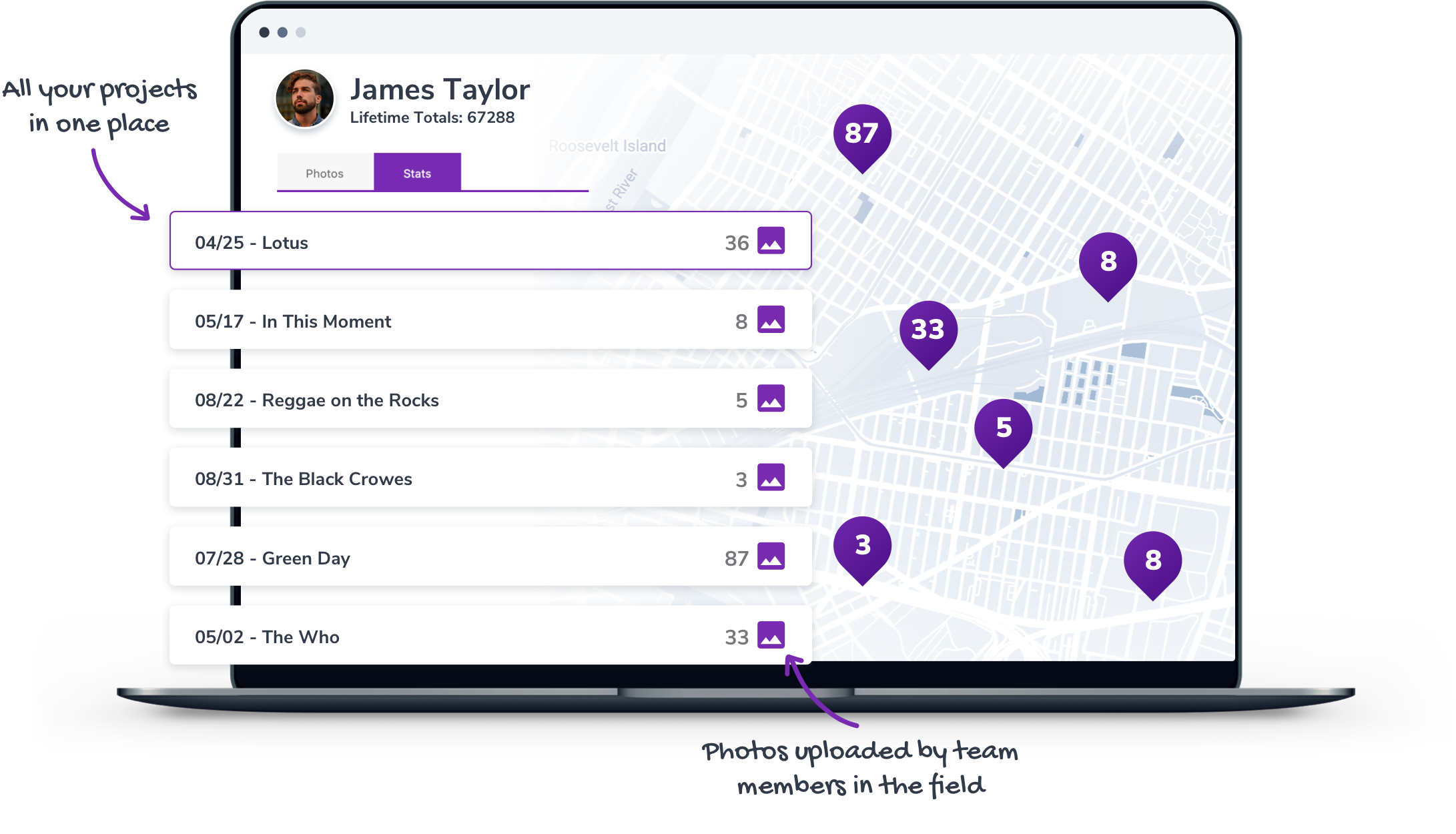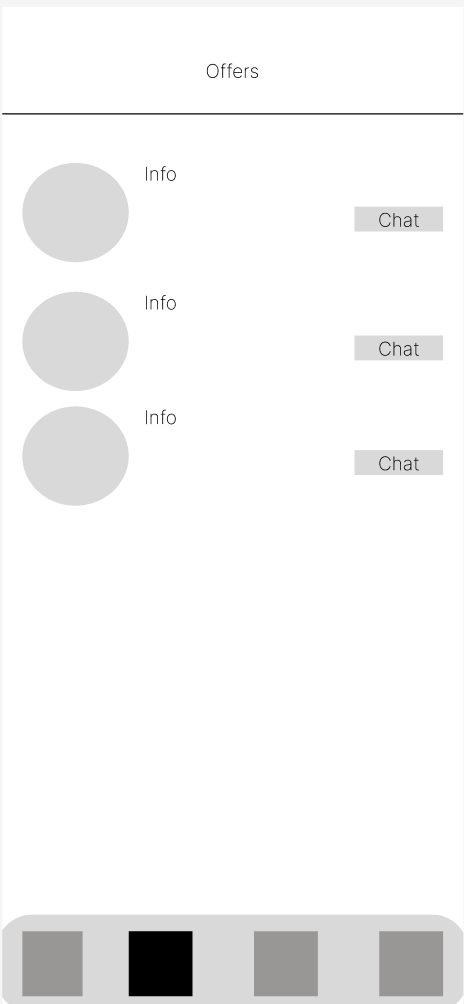Duration
12 weeks, June - Sept 2023
Role
Research & Design
Yoho 🏡
A marketplace that connects small businesses who seek advertisement space with homeowners looking to place signs on their front yard.
For additional information on this project, contact me at hahmed08@uoguelph.ca
Problem Statement 🤔
When looking for different ways to promote local events and small businesses in my neighbourhood, I found that the current options are difficult to obtain, manage, keep track of, and overall extremely outdated. Those looking to promote their businesses want a simpler and more accessible way to track their signs and payments while home owners are constantly seeking side hustles to increase their income.
The Solution 💡
A market place which allows businesses to connect with home owners willing to put up advertisements on their lawn for affordable prices. Sellers are able to make income and connect with businesses in their area. Buyers are able to purchase affordable advertisement spaces in their preferred neighborhoods and are able to easily track and manage their signs.
As a seller…
List Your Home
Add listings of properties that you own
Connect with small businesses in your area
Accept or decline orders
Send back signs using the pre-paid label after the advertisement duration ends
As a buyer…
Buy Advertisement Space
Find homes using the price range and date filter
Find affordable advertisement space in your targeted area
Send out offers to listings
Conveniently ship out signs
Receive your signs back in the mail after the advertisement duration ends
Background Research 🔍
I began with research to understand why buyers (small businesses) would choose yard signs over other forms of advertising and found a statistic which really drove this project:
"Research has shown that around 85% of your customers live or work within a 5-mile radius of your business".
-International Signs Association
Understanding The Problem for Buyers
Small businesses, especially in the home maintenance services and local events categories would not benefit from social media advertisements as it would not effectively reach their target audience and because of how expensive it can get. When doing a scope through the internet, I was shocked to see that although multiple platforms exist to help with specific stages of the outdoor advertising process such as keeping track of signs or getting signs put up, there is a lack of a platform that takes care of the entire process and tracks all advertisement information in one place for businesses to access.
Current Solution
After looking at the current solutions, I found 2 that were most relevant and decided to do further research.
1.Curbex
The first solution I found in my area was Curbex, which is a company that allows you to rent out signs and places them for you in your desired location. I decided to research their business model and look into some reviews to understand their pain points.
"We signed the contract on October 11th, 2019. She told us that our sign could go up on November 20th, 2019. Then she sent another email clarifying that it would be October 20th, 2019. Then she sent another email again clarifying that November 20th, 2019 would be the actual date. Then, a few weeks later, she told us we would have to wait until December 11th to get our signage up, and run the campaign through a time-period where we will be closed for the Christmas holidays, which is useless to us. They shouldn't be confirming dates with clients until they have actual confirmation. When we sent a download-link for them to receive our artwork, they didn't even download them until weeks later, because we reminded them that the download-link was about to expire. We're not really impressed with the service, and we wouldn't recommend them to other businesses. However, we're still open to them rectifying the situation.”
- Ryan k.
What Curbex Lacks?
The main issue with Curbex seems to be the lack of communication and inefficient updates through email. This made it clear that the platform must have a feature that allows users to view stats and to be notified about updates with their signs and bookings as well as a messaging feature to ensure proper communication from both sellers and buyers, preventing any misunderstandings and frustration.
As both a seller and buyer…
Manager Orders
Track, manage, and view stats for orders in an organized and clear manner
Receive notifications for updates on orders
2. Simplecrew
The second solution was was Simplecrew, an app that helps you track yard signs. Although Simplecrew tends to cover the last portion of the process which is tracking and managing signs, customers would still have to find a separate way to create and install the signs on their own. I decided to speak to current yard sign users to better understand their painpoints and needs.
Understanding The Problem for Sellers
I conducted interviews with 5 individuals and asked several questions to understand their experiences with selling on marketplaces.
I reached out to a few different sellers from varying marketplaces such as Airbnb, Depop, and Etsy to gain insight on what challenges and problems they currently face on these apps and how their experience as a seller can be improved.
Some of the questions I asked:
1.How long have you been a seller on this platform?
2.What are the difficulties of selling on this platform?
3.What does this platform do exceptionally well?
4.What would you like to be seen improved?
5.Do certain situations as a seller frustrate you?
Insight on Buyers
Everyone I interviewed explained a lack of communication and frustration around the shipping process. This was a result of many factors such as slow updates and hassles with printing and keeping track of shipping labels. I realized that sellers are seeking organized information and transparency to ensure that they can get orders completed successfully without feeling overwhelmed.
These interviews were critical to understand pain points and important features needed to create a positive user experience while also ensuring practical functionality. This allowed me to create a journey map to better understand how to design this platform.
Journey Map for Buyers…
Main Insights
1.Buyers want one platform that handles all needs instead of sourcing multiple tools
Design Concepts
Sketches of different sections of the app
Wireframes - Early concepts
Some of the questions I asked:
1.How are you currently advertising?
2.What are some struggles of social media advertisements?
3.What are some struggles of yard advertisements ?
4.What would you like to be improved from your current way of finding and purchasing advertisement?
2.Sellers want to be confident selling on a secure platform with high communication
When looking into different ways to create this platform, the two main choices were a web and mobile application. I decided to go with a mobile application because web applications lack important features that apps offer such as fast load times, notifications, data retrieval, quick reach, and since mobile users spend 88% of their time on mobile apps and just 12% of the time on mobile websites (emarketer.com), it was clear that mobile applications was a better choice as it would generate more revenue and be more valuable to users.
Sketches + Wireframes
I began sketching out the UI for this platform. I started off by sketching main sections of the app and looked towards several different marketplaces for inspiration. After sketching out the basic design for important components of the app, I created wireframes.
Possible navigation for completing a booking flow
Journey Map for Sellers…
Wireframes - Final concepts
Feedback & reiterations
I did one more iteration of feedback from the same individuals I interviewed. Although the feedback was quite positive, there were a few points mentioned that I wanted to implement to my design.
1.Remove the address of the home for privacy reasons. I decided to change this by adding a map and giving the approximate location instead so buyers can still consider neighbourhoods when deciding where they want to place signs.Additionally, this would help sellers feel more secure and confident using the app.
2. Add a section to display active signs and a visual display. Several individuals advised that current signs should be given more importance which resulted in a separate section to display a calendar that marks start and end dates for current signs as well as a list of upcoming ones since sellers may seek this information out when returning to the app. This creates a better user experience for buyers as they do not have to go through excessive navigation and scrolling to find important information.
I decided to get the final slides reviewed once more and then created my final high fidelity prototype as shown below.
Conclusion & Lessons learned
1.Don’t assume usability. When beginning this project, at times I was assuming that users may have prior knowledge on certain features on the app. This resulted in me having to go back and make many changes to ensure that navigation would be easy for all users.
2.Refrain from getting attached to your designs and concepts. Throughout the project, there were instances where I was finding myself favouring one concept over another solely because I deemed it to be the best solution. In reality, this was not a good reason behind my design choices and it was important for me to hold myself accountable and have well thought out and justified rationale for each design choice made and how I can measure it to be successful (A/B Testing, Design Principles, User Testing).
Overall, this project allowed me to learn a lot about this specific form of advertisement and how useful it is, as well as marketplaces in general and what makes them so successful through amazing UI. If I was to do this case study again, I would love to get in contact with small businesses in my neighbourhood and follow them through a day of obtaining, putting up, and retrieving signs to understand the process better and observe pain points first hand. I look forward to applying everything I’ve learned through this case study into my future design projects!

























